Vehicle GPS tracking device can be divided into two types according to the installation method: wireless GPS Tracking Device and wired GPS Tracking Device. The places where these two types of trackers can be installed are as follows:
1. Wireless GPS tracking device
Magnetic installation
Featuring a magnetic base, the wireless GPS tracking device can be installed in many ways like behind the front and rear bumpers, in the trunk, in the armrest box, under the passenger seat, in the glove compartment, or attached to the chassis of the car.
Plug and play
Many OBD devices now have functions such as positioning and driving records in addition to car fault diagnosis and abnormal detection. Such devices can be used by plugging into the OBD interface.
In order to pursue the convenience of plug-and-play, many car GPS tracking devices adopt a standardized OBD interface at the beginning of the design. Users only need to find the car’s OBD port and insert the positioning device.
The common OBD ports are as follows: located in the bottom-left corner of the steering wheel (the most common); located in the bottom-right corner of the steering wheel; located near the ignition under the center console; located in the central armrest box.
2. Hard-wired GPS tracking device
Most of the GPS tracking devices on the market are still hard-wired. They need to be connected to the car power cord to ensure operation.
Ordinary wired car trackers generally have at most 4 lines, which are usually distinguished by different colors during the design process. Taking the Jimi EV41 vehicle positioning terminal as an example, the red and black are the positive and negative poles of the power supply, the orange is the ACC or key line, and the yellow is the fuel cut-off line.
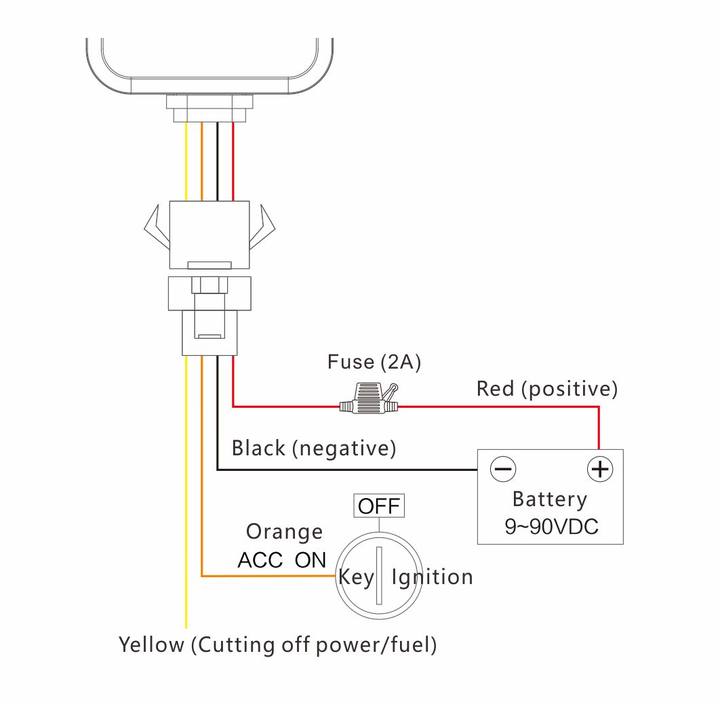
After learning which vehicle interfaces each wire of a different color should be connected to, we can take a look at the difference between the installation positions of a car and a two-wheeled vehicle.
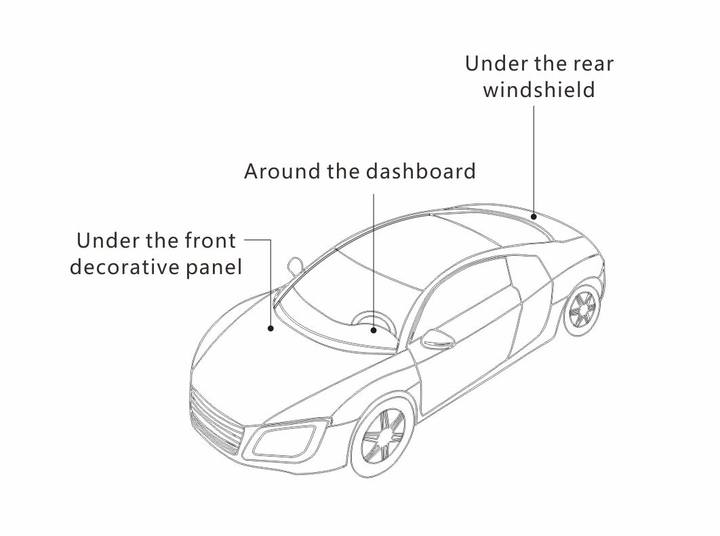
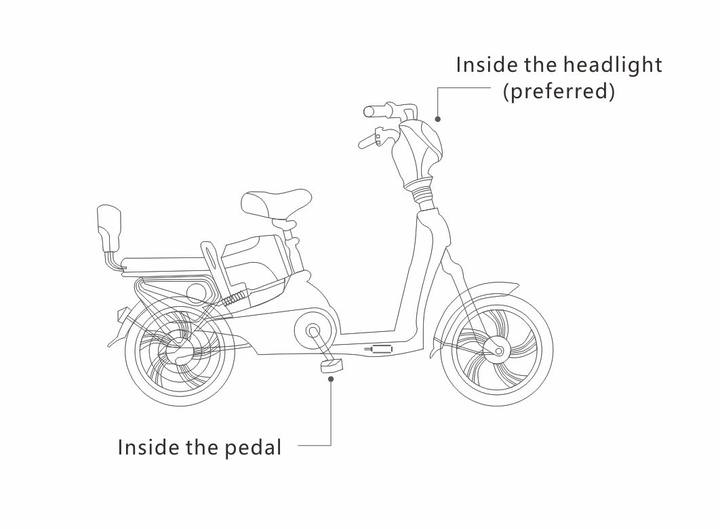
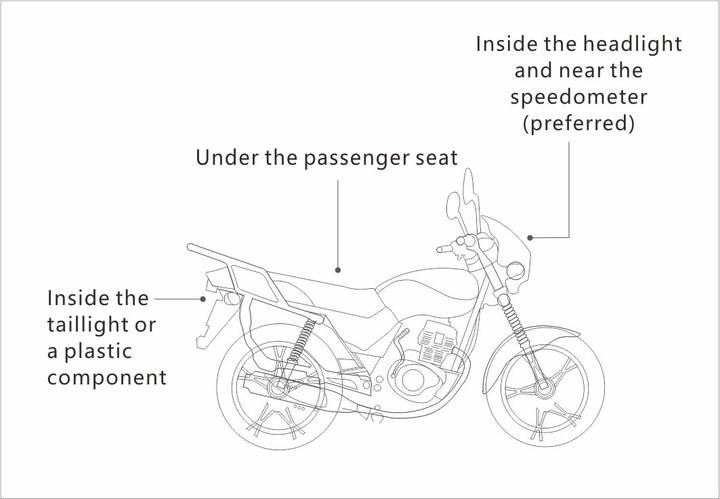
When installing the trackers according to different positions on the vehicle, its front should face up to the sky, and at the same time ensure that the joints are not loose and water-proof. If the windshield of the car is pasted with a metal heat insulation layer or a heating layer, it will reduce the strength of the satellite signal reception, which may cause the positioning accuracy of the device to be inaccurate, so it should be avoided to install the positioner in this position.
Tips for Concealed Installation of Wireless GPS tracking device
Compared with wired GPS tracking devices, the biggest advantage of the wireless tracker is that it does not need to be connected to the car for power supply, and can be installed concealed in any position of the car.
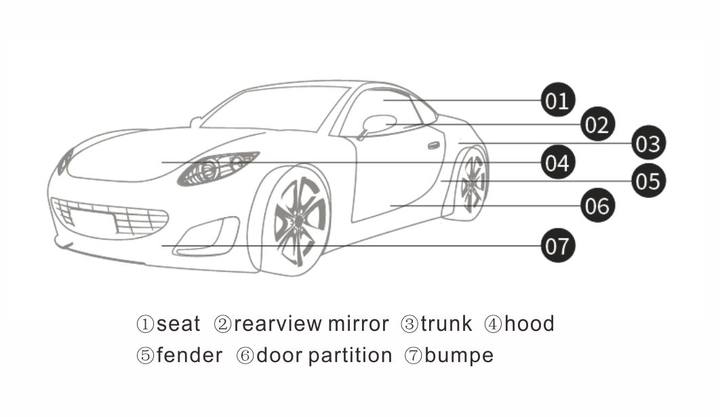
For example,Jimi IoT LL303 is a 4G solar-powered tracker designed for the management of construction vehicles and vessels. Featuring the solar panel, magnetic charger, and IP67 waterproof rating, this device is ideal for a variety of deployments that require long standby time and continued optimal performance. LTE communication with GSM (2G) fallback ensures a solid connection in almost all cases. In addition to these features, multiple working modes, various peripheral accessories and the suite of event-triggered alerts will make the LL303 a valuable part of your fleet management strategy.
These two types are involved in installing vehicle GPS tracking devices. Users can purchase different trackers for different application scenarios. If you are interested in a vehicle GPS tracking device, you can email info@jimilab.com. Jimi IoT can provide you with a one-stop IoT solution for location-based services.
 EN
EN ES
ES PT
PT TH
TH VN
VN JP
JP


